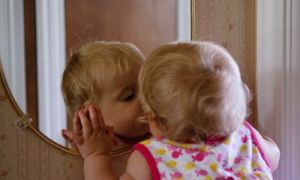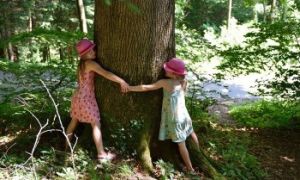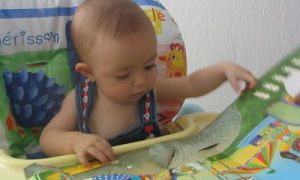Developmental milestones are things that, by a given age, most kids can accomplish. Milestones are reached by children in their play, learning, speaking, acting, and moving. The following article provides Developmental Milestones 2 - 3 Years Old with Examples Of Links To The EYLF.
Cognitive Development
- builds a tower of five to seven objects
- lines up objects in ‘train’ fashion
- recognises and identifies common objects and pictures by pointing
- enjoys playing with sand, water, and dough; explores what these materials can do more than making things with them
- uses symbolic play, e.g. use a block as a car
- shows knowledge of gender-role stereotypes
- identifies the picture as a boy or girl
- engages in making-believe and pretend-play
- begins to count with numbers
- recognises similarities and differences
- imitates rhythms and animal movements
- becoming aware of space through physical activity
- can follow two or more directions
Examples Of Links To The EYLF
- EYLF Outcome 5: Children are effective communicators - Children engage in a range of texts and gain meaning from these texts. E.g. “Take on roles of literacy and numeracy users in their play.”
Language Development
- uses two or three words together, e.g. “go potty now”
- ‘explosion’ of vocabulary and use of correct grammatical forms of language
- refers to self by name and often says ‘mine’
- asks lots of questions
- uses pronouns and prepositions, simple sentences and phrases
- labels own gender
- copies words and actions
- makes music, sings and dance
- likes listening to stories and books
Examples Of Links To The EYLF
- EYLF Outcome 1: Children have a strong sense of identity - Children feel safe secure and supported. E.g. “children initiate interactions and conversations with trusted educators.”
Physical Development
- walks, runs, climbs, kicks and jumps easily
- uses steps one at a time
- squats to play and rises without using hands
- catches ball rolled to him/her
- walks into a ball to kick it
- jumps from low step or over low objects
- attempts to balance on one foot
- avoids obstacles
- able to open doors
- stops readily
- moves about moving to music
- turns pages one at a time
- holds crayon with fingers
- uses a pencil to draw or scribble in circles and lines
- gets dressed with help
- self-feeds using utensils and a cup
Examples Of Links To The EYLF
- EYLF Outcome 3: Children have a strong sense of well-being - Children take increasing responsibility for their own health and physical well-being. E.g. “show enthusiasm for participating in physical play and negotiate play spaces to ensure the safety and wellbeing of themselves and others.”
Social Development
- plays with other children
- simple make believe play
- may prefer same sex playmates and toys
- unlikely to share toys without protest
Examples Of Links To The EYLF
- EYLF Outcome 2: Children are connected with and contribute to their world - Children become aware of fairness. E.g. “Engage children in discussions about respectful and equal relations such as when a child dominates in the use of resources.”
Emotional Development
- shows strong attachment to a parent (or main family carer)
- shows distress and protest when they leave and wants that person to do things for them
- begins to show guilt or remorse for misdeeds
- may be less likely to willingly share toys with peers
- demands adult attention
Examples Of Links To The EYLF
- EYLF Outcome 3: Children have a strong sense of well-being - Children become strong in their social and emotional well-being. E.g. “Talk with children about their emotions and responses to events to support their understandings of emotional regulation and self-control.”
Further Reading
Developmental Milestones From 2 Months Old To 5 Years Old - The following provides the developmental milestones from 2 months to 5 years old.
EYLF Learning Outcomes Version 2.0 - The following articles list the 5 EYLF Learning Outcomes and their sub-outcomes (Version 2.0).


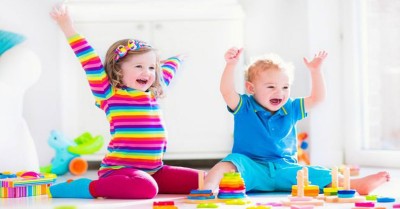
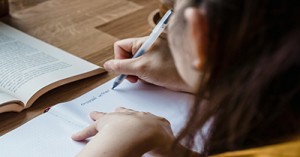
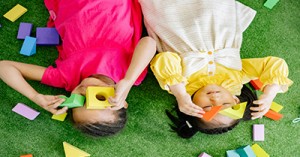
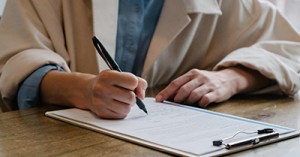
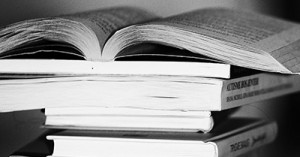
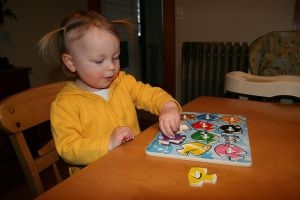 Toddlers have a greater understanding of the world around them by this stage. Their cognitive development (also known as intellectual development and thinking skills) continues
Toddlers have a greater understanding of the world around them by this stage. Their cognitive development (also known as intellectual development and thinking skills) continues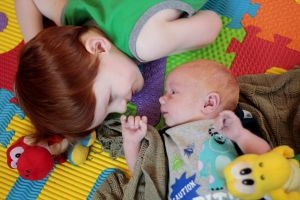 Infants begin to develop trust when parents begin to fulfil their needs. Such as changing an infant's nappy when needed, feeding on request and holding
Infants begin to develop trust when parents begin to fulfil their needs. Such as changing an infant's nappy when needed, feeding on request and holding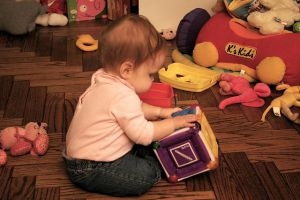 Beginning at birth the construction of thought processes, such as memory, problem solving, exploration of objects etc, is an important part of an infant’s cognitive
Beginning at birth the construction of thought processes, such as memory, problem solving, exploration of objects etc, is an important part of an infant’s cognitive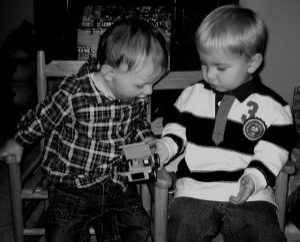 Toddlers want to do more on their own and do not like it when you begin to establish limits on their behaviour. Tantrums can become
Toddlers want to do more on their own and do not like it when you begin to establish limits on their behaviour. Tantrums can become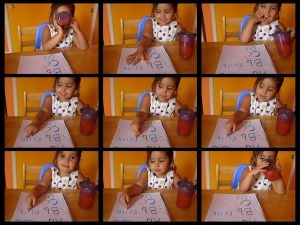 Your preschooler is now able to focus their attention more accurately and is less influenced by distractions. The intensity of questions increase as your child
Your preschooler is now able to focus their attention more accurately and is less influenced by distractions. The intensity of questions increase as your child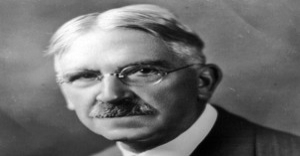 John Dewey is often seen as the proponent of learning by doing – rather than learning by passively receiving. He believed that each child was active,
John Dewey is often seen as the proponent of learning by doing – rather than learning by passively receiving. He believed that each child was active,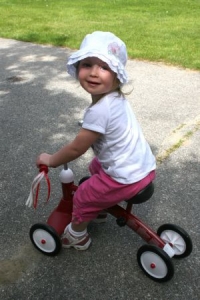 Toddler advance and gains new skills in Gross Motor Development milestones achieved throughout earlier years. Co-ordination and challenges that could not be performed before such
Toddler advance and gains new skills in Gross Motor Development milestones achieved throughout earlier years. Co-ordination and challenges that could not be performed before such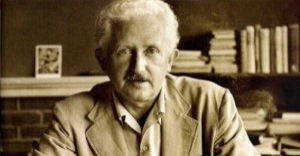 Erik Erikson developed a psychosocial theory to understand how we each develop our identities through eight stages of psychosocial development from infancy to adulthood. The
Erik Erikson developed a psychosocial theory to understand how we each develop our identities through eight stages of psychosocial development from infancy to adulthood. The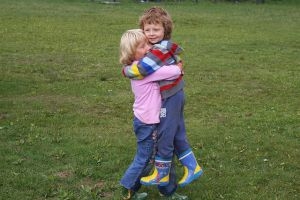 At this point preschoolers begin to interact effectively with others. Play becomes more innovative and organized and “boyfriend” or “girlfriend” begins to emerge. Preschoolers have
At this point preschoolers begin to interact effectively with others. Play becomes more innovative and organized and “boyfriend” or “girlfriend” begins to emerge. Preschoolers have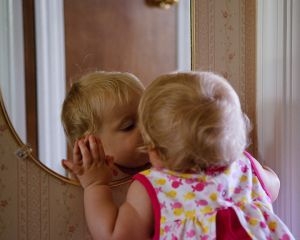 From now, babies begin to identify and respond to their own feelings, understanding other's feelings & needs and interact positively with others. A baby's social and
From now, babies begin to identify and respond to their own feelings, understanding other's feelings & needs and interact positively with others. A baby's social and